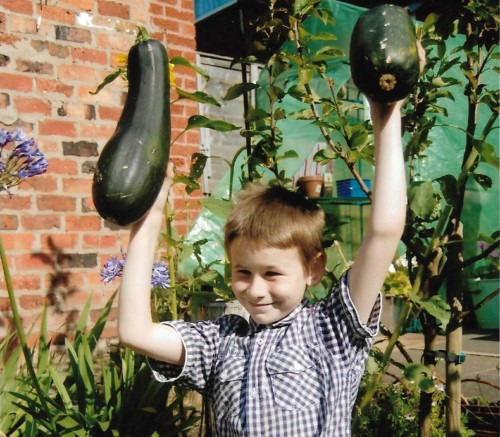
Taking the stress out of summer for a child with autism
By Louise Latham
For many children and young people on the autism spectrum the summer holidays can be a stressful experience.
The routines and structure of five days at school and two at home are no longer in place which can be both disorienting and confusing. There are, however, various strategies that can be put in place to help lessen anxiety and try and bring some predictability across the next six weeks.
Routine
If possible, try and keep to similar routines in the morning and evening as you would on a school day. For example, breakfast, shower, getting dressed, etc. A simple structure to start and end the day helps keep consistency for your child and will help make them feel more secure.
During the day, it may help to keep to a basic routine. Maybe after breakfast a walk, then lunch, another activity and rest time. Splitting the day up can help ease anxiety over what is happening next.
Replicating some school activities can help keep routine in place and aid transition back to school at the end of the holiday. Try not to put too much pressure on yourself as a parent. It’s unrealistic to try and replicate an entire school day.
Visual supports
A visual aid, such as a daily calendar, may help reduce anxiety for your child as they can see what is happening throughout the days. Again, it’s important to emphasise that each child is different. My son, Austin, when younger, could not cope with a weekly timetable so I would do a daily one so as not to overload him. Now he’s older he benefits from a weekly planner and can cope with knowing what is planned on each day in advance.
When planning days out, Austin used to benefit from looking at the websites of places we planned to visit. In particular, he loved to watch videos on YouTube and this helped to make the place more familiar to him.
Social Stories
These can be a great aid in preparing your child for an upcoming event or situation in advance. They don’t have to be too elaborate. For Austin, I would use photos and a few simple words and keep the stories short and to the point. Favourite cartoon characters are also a great way to engage children in social stories.
Strategies to help manage time
Austin really struggles to understand the concept of time and this really adds to his anxiety. He finds it helpful to have a simple clock to help him know when an activity will start and end. Sometimes he likes to have an alarm set 30 minutes in advance to prepare him. This can help alleviate some anxiety throughout the day about what is happening next.
Sensory Needs
As with all changes of seasons, the summer holidays can bring additional sensory needs for autistic children. Austin would become confused by the change in temperature and the changes it would bring in clothing. For example, he would quite happily wear his winter coat in summer! The change in clothing can be difficult for an autistic child to cope with and, again, social stories can be helpful in this situation. Things like application of sun cream may be unsettling for your child. Austin found a lighter spray cream easier to cope with and, under supervision, he preferred to apply it himself.
Relaxation time
There may be days when your child may want to stay home and relax. Austin used to find those chill-out days helpful, giving him time to decompress in a quieter environment. Try not to put additional pressure on yourself as a parent. Austin used to benefit from days at home and spending time in the garden. Don’t feel the need to do too much everyday.
Special Interests
Sometimes I used to find it difficult to encourage Austin to engage in activities over the long summer break. His special interests were, however, always a motivating factor. Austin loves Jamie Oliver and food! We would grow vegetables in the garden and this helped Austin’s daily living skills as he would use them to prepare meals. Quick and easy things to grow such as herbs, salad leaves and radishes are ideal.
Flexibility
Although planning and structure are important in helping your child feel more secure over the summer holidays, there will always be those unpredictable days. Sometimes your child may need an extra day at home and that’s okay. You know your child’s needs better than anyone.
Preparing for the transition back to school
Austin and I used to make a scrapbook of his summer holiday. We would include photos, drawings, leaflets and postcards from days out. On his first day back at school I would send this in with him so his teacher would know what he had done over the summer break.
Austin couldn’t cope too far in advance knowing when the new school term would start. I would prepare him a few days before and leave his new school uniform out so he would get used to the change.
Learn what works for your child
It’s important to note that all children are different and what may work fantastically for one child may not work for another. Each strategy should be especially tailored to the unique needs of each child. Remember… you know your child best!
Enjoy the summer holidays.
